Table of content
- Temperature Control
- Darkness is Key
- Humidity Management
- Ethylene Gas Absorption
- Herbal Deterrents
- Baking Soda Application
- Vinegar Rinse
- Curing Process
- Sorting and Selection
- Freezing
- Dehydrating
- Canning
- Sprouts Appearing Despite Efforts
- Green Spots Developing
- Shriveling or Wrinkling
- Selection at the Store
- Pre-Storage Preparation
Potatoes, a staple in kitchens worldwide, are renowned for their versatility and long shelf life. However, one common challenge many home cooks and gardeners face is preventing these tubers from sprouting prematurely. Sprouting not only alters the texture and flavor of potatoes but also reduces their nutritional value and culinary appeal. This article explores science-backed strategies, practical tips, and innovative techniques to extend the freshness of potatoes, ensuring they remain sprout-free for months. By understanding the biological triggers behind sprouting and implementing targeted storage solutions, you can master the art of preserving this kitchen essential.
Why Do Potatoes Sprout?
Before diving into prevention methods, it’s crucial to grasp the science behind sprouting. Potatoes are living organisms, and like all plants, they contain dormant buds called “eyes.” When exposed to specific environmental conditions, these eyes activate, leading to sprout growth. The primary catalysts for this process are:
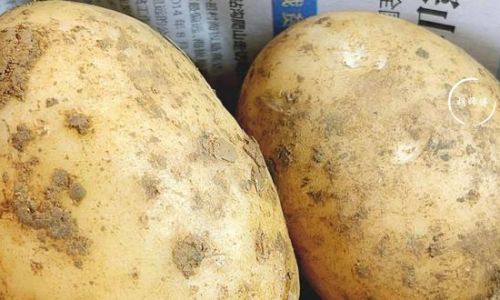
- Light: Exposure to sunlight triggers the production of solanine, a bitter compound that coincides with sprouting.
- Moisture: High humidity levels accelerate cellular activity, encouraging sprout development.
- Temperature: Warmth (above 50°F/10°C) disrupts dormancy, while freezing temperatures damage cells.
- Ethylene Gas: Released by ripening fruits like apples and bananas, ethylene accelerates aging in potatoes.
By manipulating these factors, you can create an environment that suppresses sprouting without compromising the potatoes’ quality.
Ideal Storage Conditions: The Foundation of Prevention
The cornerstone of preventing sprouting lies in replicating the optimal storage conditions potatoes evolved to thrive in.
Temperature Control
Potatoes perform best in cool, not cold, environments. The ideal temperature range is 45–50°F (7–10°C).
- Avoid Refrigerators: While cold, fridges are too humid and can convert starch into sugar, altering taste.
- Steer Clear of Heat Sources: Radiators, ovens, and sunny windowsills accelerate sprouting and shriveling.
Darkness is Key
Light exposure triggers chlorophyll production, leading to green patches and solanine buildup. Store potatoes in:
- Opaque Containers: Burlap sacks, paper bags, or ceramic crocks block light while allowing airflow.
- Dark Pantries or Cellars: Basements or cupboards away from appliances are ideal.
Humidity Management
Excess moisture encourages rot, while dryness causes shriveling. Aim for 85–90% humidity.
- Avoid Plastic Bags: These trap moisture, creating a breeding ground for mold.
- Use Ventilated Containers: Wicker baskets or perforated plastic bins allow air circulation.
Advanced Techniques to Inhibit Sprouting
Beyond basic storage, several innovative methods can further delay sprouting.
Ethylene Gas Absorption
Since ethylene accelerates aging, neutralizing it can prolong shelf life.
- Store Potatoes Separately: Keep them away from onions, apples, and bananas.
- Use Activated Charcoal: Place a small pouch in storage bins to absorb ethylene.
Herbal Deterrents
Certain herbs emit volatile compounds that inhibit sprout growth.
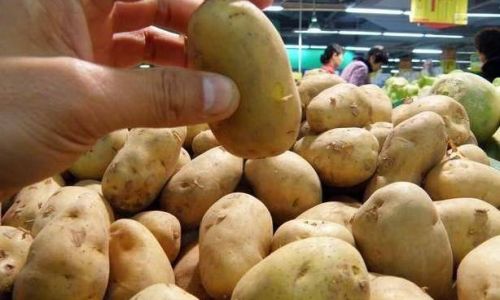
- Rosemary or Sage: Place dried bundles in storage containers.
- Mint Leaves: Their strong aroma disrupts sprouting signals.
Baking Soda Application
A light dusting of baking soda absorbs excess moisture and creates an alkaline environment, which deters sprouting.
- Method: Spread a thin layer in the container before adding potatoes.
Vinegar Rinse
A diluted vinegar solution can kill surface bacteria and slow enzymatic activity.
- Process: Rinse potatoes in a 1:4 vinegar-water mix, then dry thoroughly before storage.
Post-Harvest Care for Homegrown Potatoes
If you grow your own potatoes, proper curing and handling post-harvest are critical.
Curing Process
After digging, allow potatoes to dry in a dark, well-ventilated area for 10–14 days at 50–60°F (10–15°C).
- Purpose: This thickens the skin, sealing in moisture and preventing rot.
Sorting and Selection
Discard damaged or bruised tubers, as they release ethylene and spoil quickly.
Long-Term Storage Solutions
For those seeking to preserve potatoes beyond 3–4 months, consider these methods:
Freezing
While freezing alters texture, it’s ideal for mashed or pureed potatoes.
- Steps: Blanch cubed potatoes for 3–5 minutes, cool, and freeze in airtight bags.
Dehydrating
Slice potatoes thinly, blanch, and dehydrate at 125°F (52°C) until crisp. Store in vacuum-sealed jars.
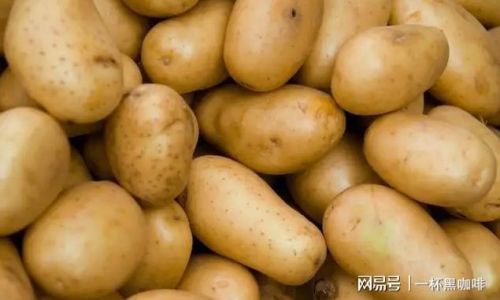
Canning
Pressure-can potato chunks for shelf-stable storage. Follow USDA guidelines to avoid botulism risks.
Troubleshooting Common Issues
Even with precautions, problems may arise. Here’s how to address them:
Sprouts Appearing Despite Efforts
- Action: Immediately remove sprouts with a knife and use the potato within a week.
- Prevention: Check storage bins weekly and discard any softening tubers.
Green Spots Developing
- Cause: Light exposure.
- Solution: Peel off green layers (at least 1/8 inch) before cooking.
Shriveling or Wrinkling
- Cause: Low humidity.
- Fix: Add a damp cloth or paper towel to the container, ensuring it doesn’t touch the potatoes.
Buying and Handling Tips for Retail Potatoes
Even if you don’t grow your own, smart purchasing decisions can extend shelf life.
Selection at the Store
- Avoid: Tubers with sprouts, soft spots, or green tints.
- Choose: Firm, unblemished potatoes with tight, paper-like skin.
Pre-Storage Preparation
- Wash Gently: Remove dirt but avoid scrubbing, which damages the skin.
- Dry Thoroughly: Pat with a clean towel to eliminate excess moisture.
The Role of Potato Variety
Not all potatoes are created equal. Varieties differ in starch content and storage longevity.
- Waxy Potatoes (e.g., Red Bliss, Fingerling): Store for 3–5 weeks.
- Starchy Potatoes (e.g., Russet, Yukon Gold): Last 2–3 months when stored correctly.
Conclusion: A Holistic Approach to Potato Preservation
Preventing potato sprouting requires a blend of science and practicality. By maintaining cool, dark, and ventilated conditions, neutralizing ethylene gas, and employing natural deterrents like herbs or baking soda, you can keep potatoes fresh for months. Regular inspections, proper curing for homegrown varieties, and understanding potato types further enhance storage success. Whether you’re a home cook, a gardener, or a food preservation enthusiast, these strategies ensure your potatoes remain a reliable pantry staple, ready to elevate meals with their earthy flavor and versatility. With a little care, you can outsmart sprouting and enjoy potatoes at their peak for longer than ever before.
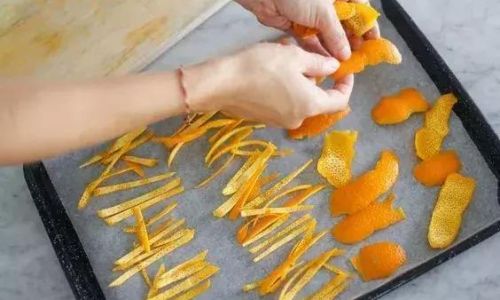
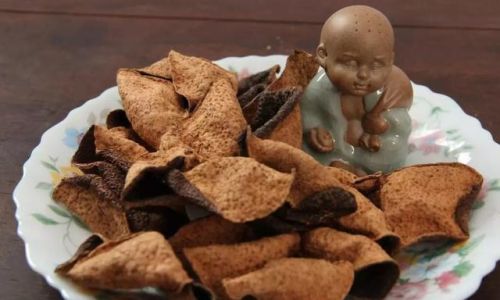
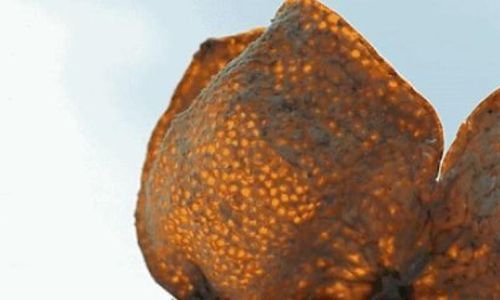
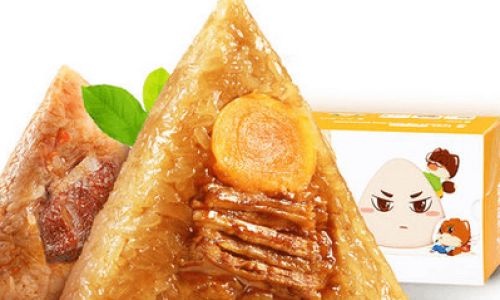

0 comments